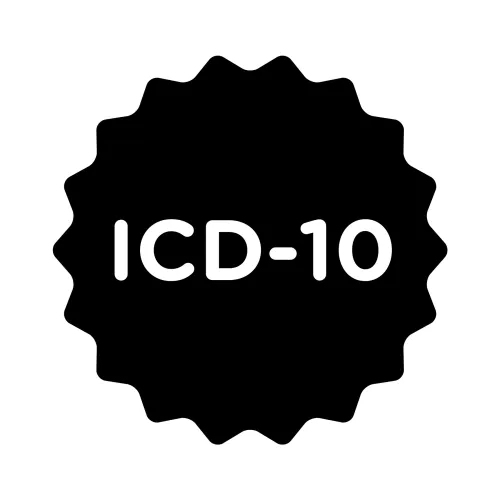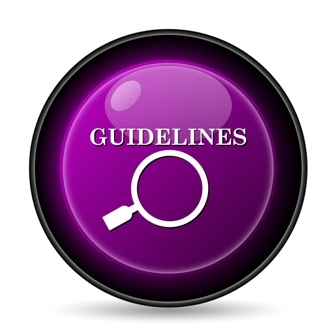Follow These Rules When Reporting Multiple External Cause Codes

Generally, you should report a place of occurrence code only once. If you’ve ever thumbed through Chapter 20: External Causes of Morbidity in the ICD-10 manual, you know there are multiple secondary codes presented here for you to choose from. In addition, the ICD-10 Official Guidelines for Coding and Reporting offer many specific rules you must adhere to when reporting codes V00- (Pedestrian conveyance accident) through Y99- (External cause status). Read on to make sure you confidently report external cause codes with accuracy. Keep Sequencing Straight When Reporting Multiple External Cause Codes There are many rules in the guidelines concerning how you should handle the situation where you have to report multiple external cause codes. Take a look at the following: Rule 1: If the reporting format limits the number of external cause codes you can report, you should report the code for the cause/intent most related to the principal diagnosis, per the guidelines. “In cases where there are multiple external causes requiring treatment, you want to be able to select the external cause that is most relevant to the treatment being rendered by the specific provider,” explains J. Paul Spencer, CPC, COC, senior compliance consultant for Doctors Management, LLC. Example: A person was in a building that was on fire, from which the person jumped and fractured his or her ankles. The patient suffered third degree burns and a compound fracture of the left ankle. If the patient was seeing an orthopedist, the coder would use the external cause of the jump, according to Spencer. If the patient was seeing a plastic/reconstructive surgeon for the burns, the coder would use the external cause of the fire. In cases where the physician is treating both, such as an ER physician, the coder would assign the external causes in order based on the identified primary diagnosis. Rule 2: If the reporting formatting allows you to report additional external cause codes, you should report the cause/intent, including medical misadventure, of the additional events instead of the codes for place, activity, or external status, according to the guidelines. Rule 3: If you have to report multiple external cause codes, then you should pay attention on how you sequence these codes. If two or more events cause separate injuries, you should report an external cause codes for each cause, according to the guidelines. You will choose the first-listed external cause code based upon the following conventions: Rule 4: You should report activity and external cause status codes following all causal (intent) external cause codes. The most important priority is the cause/intent most responsible for the primary diagnosis, according to Chelle Johnson, CPMA, CPC, CPCO, CPPM, CEMC, AAPC Fellow, billing/credentialing/auditing/coding coordinator at County of Stanislaus Health Services Agency in Modesto, California. The cause/intent should be coded before a code for place or activity, Johnson adds. Not Sure If You Should Report External Cause Code? Read This You do not need to report an external cause code from Chapter 20 if the external cause and intent are included in a code from another chapter, according to the guidelines. For example: T36.0X1 (Poisoning by penicillins, accidental (unintentional)). Usually Report Place of Occurrence Code One Time Only Generally, you would report a place of occurrence code from category Y92- (Place of occurrence of the external cause) only once, at the initial encounter for treatment, per the guidelines. These codes identify the patient’s location at the time of his injury or other condition. Exception: If a new injury occurs during hospitalization, then you may assign an additional place of occurrence code. Remember: Seventh characters are not required for codes in category Y92-. Follow These Advice for Category Y93- You can report a code from category Y93- (Activity codes) to describe the activity of the patient at the time his injury or other health condition occurred, per the guidelines. You should report an activity code only once, at the initial encounter for treatment. Additionally, there should only be one code from Y93- in a patient’s medical record. Don’t miss: You should never report activity codes for poisonings, adverse effects, misadventures or sequela, according to the guidelines. Observe These Guidelines for Unknown or Undetermined Intent If the intent (accident, self-harm, assault) of the cause of the patient’s injury or other condition is unknown or unspecified, then you should code the intent as accidental. Don’t miss: The guidelines assume that all transport accident categories have accidental intent. Undetermined: You should only report external cause codes for events of undetermined intent if the physician has documented in the patient’s medical record that the intent cannot be determined.




